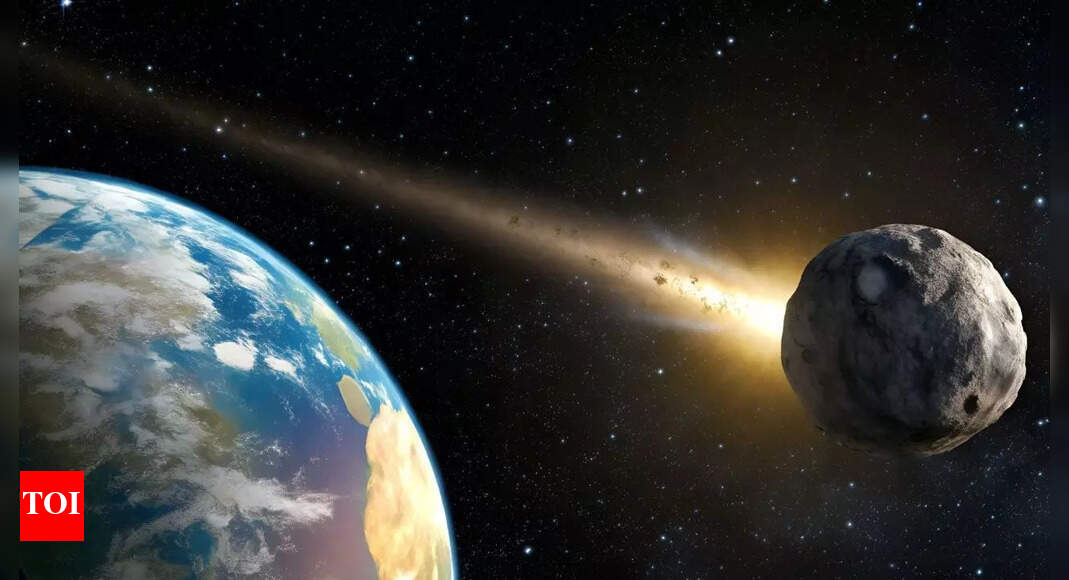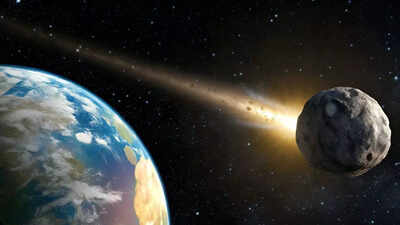 Astronomers have identified a skyscraper-sized asteroid, 2025 SC79, orbiting incredibly close to the Sun and at a near-record speed. This ‘twilight asteroid,’ detected using the Dark Energy Camera, poses a significant threat due to its proximity and speed, making it harder to track and potentially more dangerous than previously known ‘city-killer’ objects. Asteroids are rocky objects orbiting the Sun, leftovers from the solar system’s formation about 4.6 billion years ago. Most reside in the asteroid belt between Mars and Jupiter, but some orbit closer to the Sun, even near Earth. Though smaller than planets, asteroids can be of various sizes, from sizes equalling giant skyscrapers to airplanes in size. Their irregular shapes and orbits sometimes bring them close to Earth, making tracking them crucial for planetary defense.
Astronomers have identified a skyscraper-sized asteroid, 2025 SC79, orbiting incredibly close to the Sun and at a near-record speed. This ‘twilight asteroid,’ detected using the Dark Energy Camera, poses a significant threat due to its proximity and speed, making it harder to track and potentially more dangerous than previously known ‘city-killer’ objects. Asteroids are rocky objects orbiting the Sun, leftovers from the solar system’s formation about 4.6 billion years ago. Most reside in the asteroid belt between Mars and Jupiter, but some orbit closer to the Sun, even near Earth. Though smaller than planets, asteroids can be of various sizes, from sizes equalling giant skyscrapers to airplanes in size. Their irregular shapes and orbits sometimes bring them close to Earth, making tracking them crucial for planetary defense.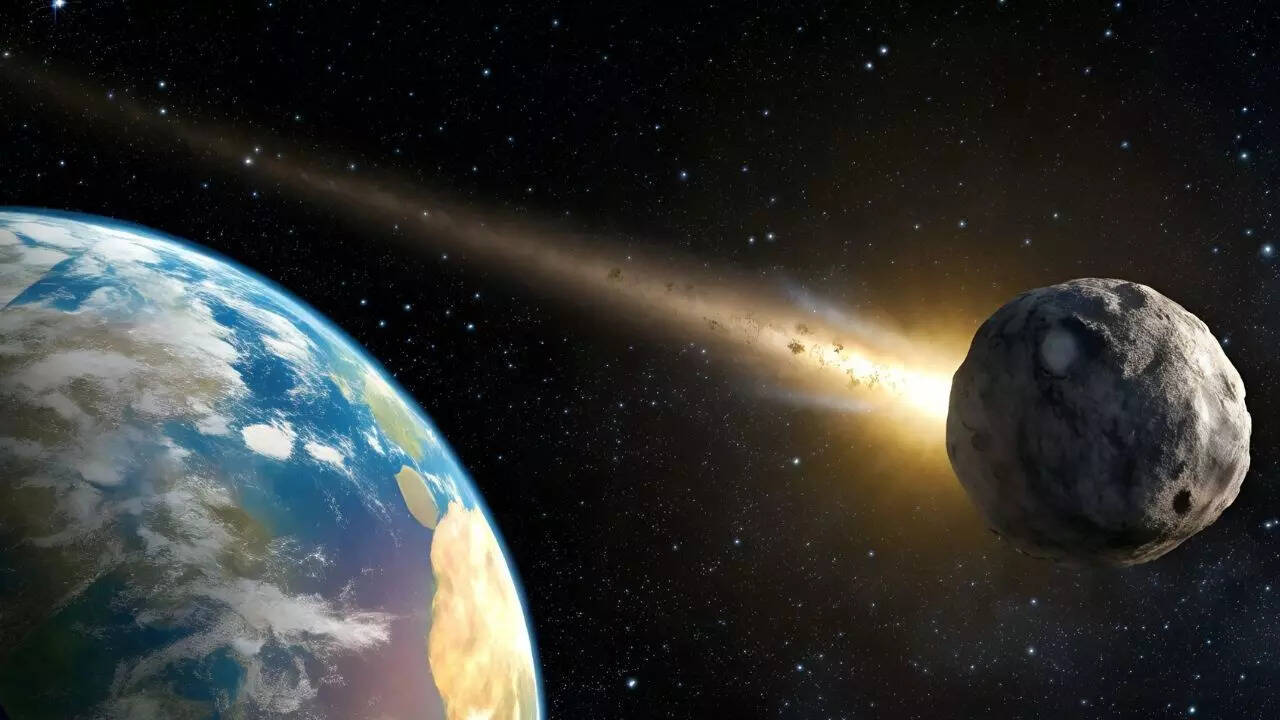
Representative Image
Skyscraper sized asteroid
Astronomers have discovered a massive asteroid, approximately 2,300 feet wide, hurtling through our solar system at an almost record-breaking speed. Named 2025 SC79, this “skyscraper-size” space rock orbits the Sun once every 128 days, making it the second-fastest asteroid orbit known. Exceptionally, 2025 SC79 is one of only two asteroids known to orbit entirely inside Venus’ orbital path, even crossing Mercury’s orbit at times.
Asteroid was discovered using dark energy camera
The asteroid was first detected on September 27 by Scott Sheppard, an astronomer at the Carnegie Science research institute, using the Dark Energy Camera on the National Science Foundation’s Blanco 4-meter telescope. The object’s location close to the Sun made it especially difficult to spot due to the Sun’s glare, requiring observations to be made during twilight when the glare is less intense. Follow-up observations with the NSF’s Gemini telescope and Carnegie Science’s Magellan telescopes confirmed the discovery.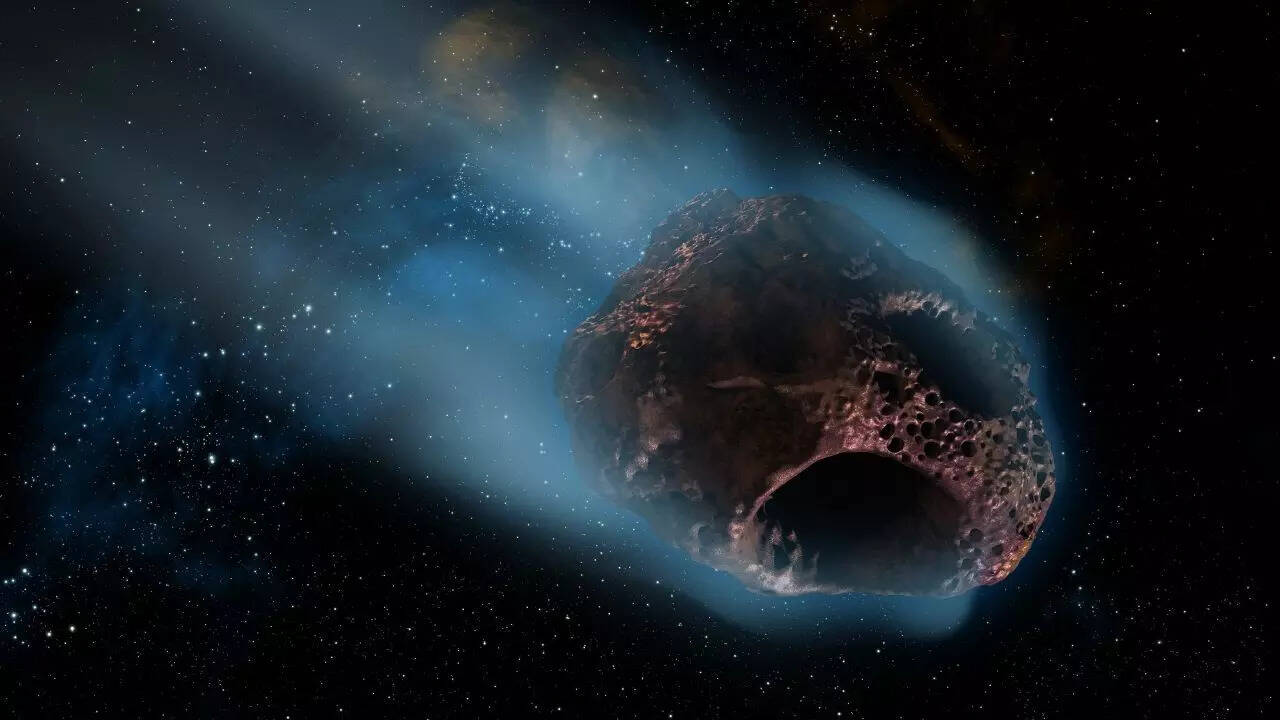
Representative Image
Asteroids belongs to the group “twilight asteroids”
2025 SC79 belongs to a rare group of asteroids known as “twilight asteroids” because they lie close to the Sun and are only visible just before sunrise or just after sunset. Sheppard explained, “The most dangerous asteroids are the most difficult to detect. Most asteroid research finds these objects in the dark of night, where they are easiest to spot. But asteroids that lurk near the Sun can only be observed during twilight…If these ‘twilight’ asteroids approach Earth, they could pose serious impact hazards.”Much larger that ‘city- killer’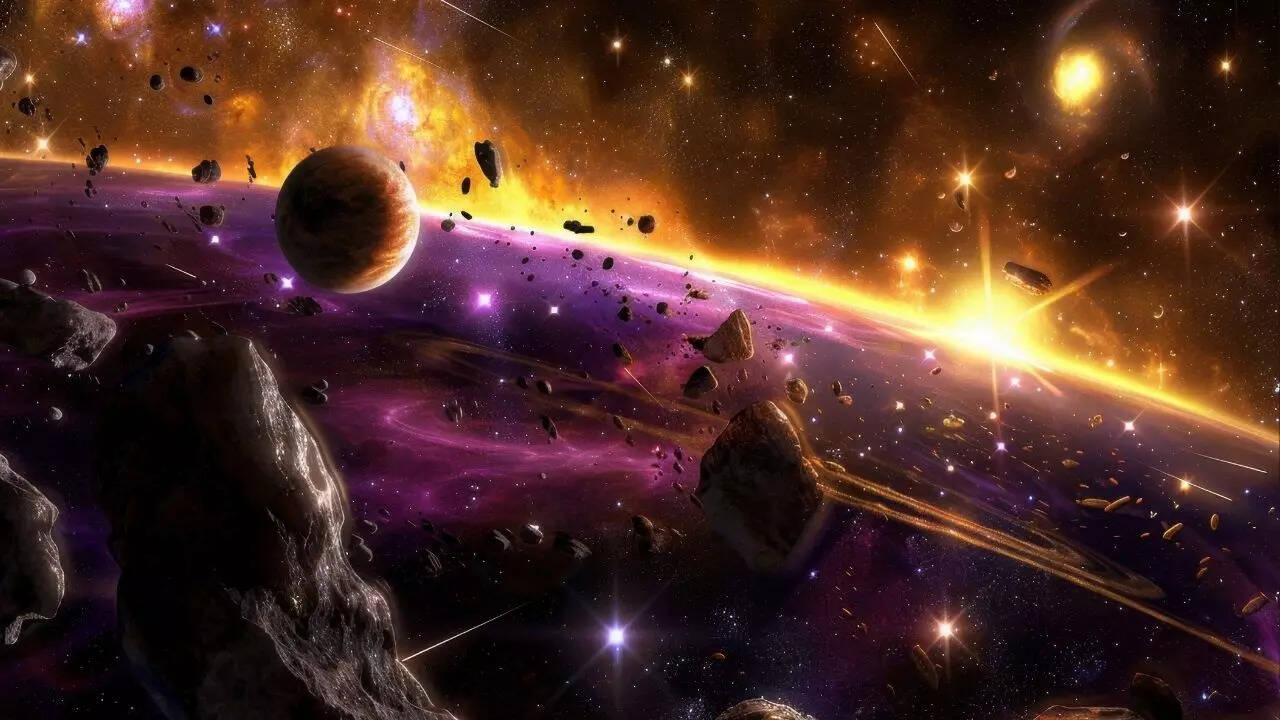
Representative Image
2025 SC79 is much larger than the so-called “city-killer” asteroid 2024 YR4, which measures only about 180 feet (55 meters) wide but has the potential to release 500 times the energy of the Hiroshima atomic bomb if it were to impact Earth. Although 2025 SC79’s size is smaller than the Chicxulub impactor that led to the dinosaurs’ extinction, an impact by a 700-meter asteroid could create catastrophic effects on a continental scale.Interestingly, 2025 SC79 is not the fastest-known asteroid orbiting close to the Sun. Sheppard and his team previously discovered 2021 PH27, which circles the Sun in just 113 days, making it 15 days quicker. Mercury remains the fastest object with an 88-day orbit around the Sun.
